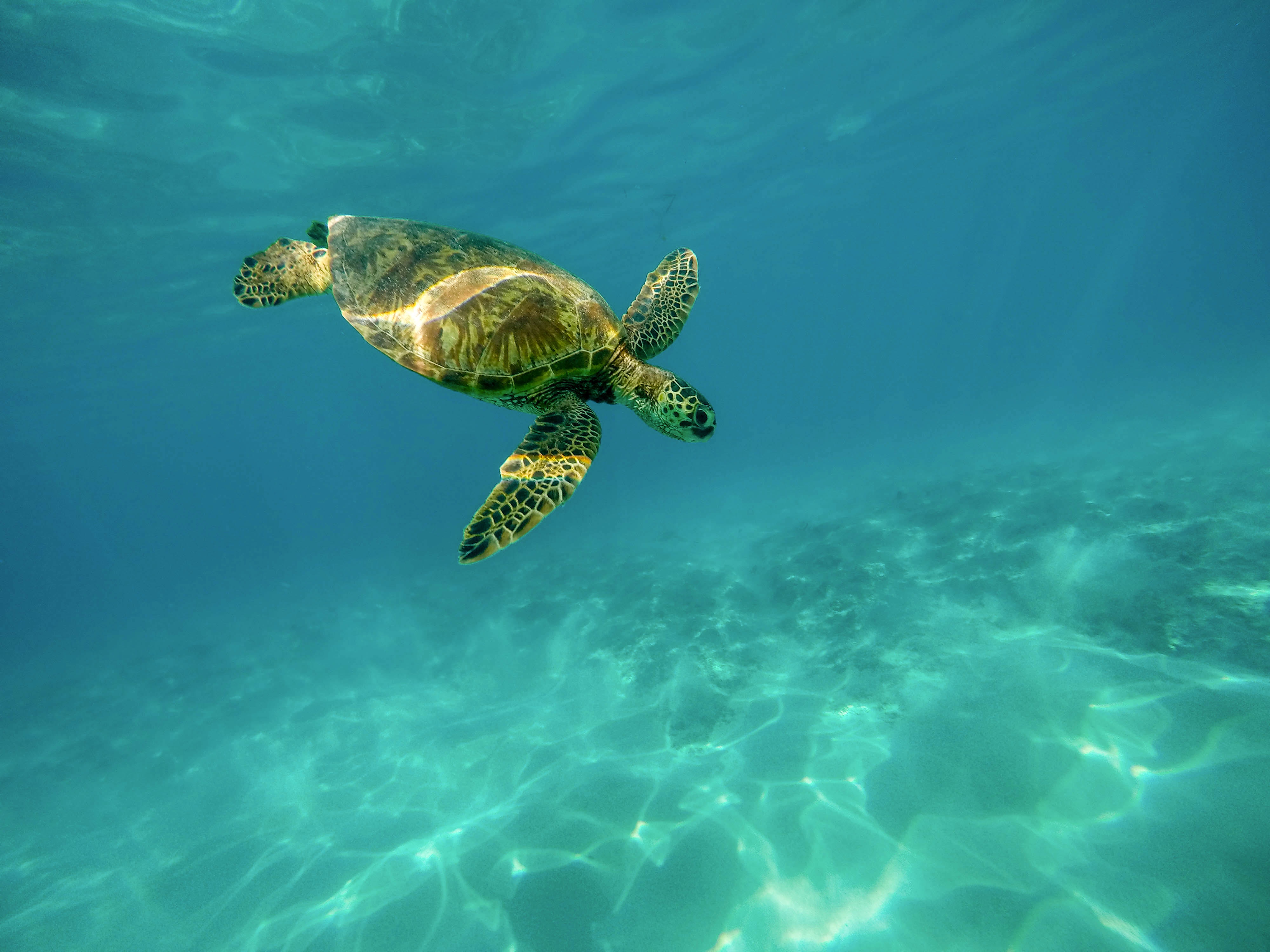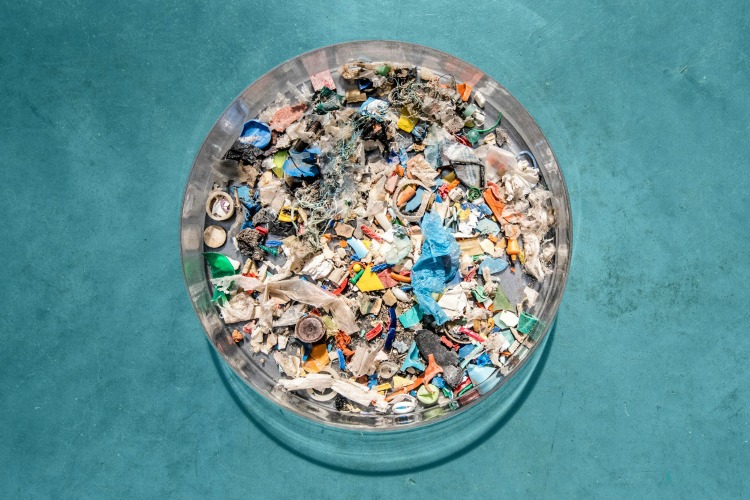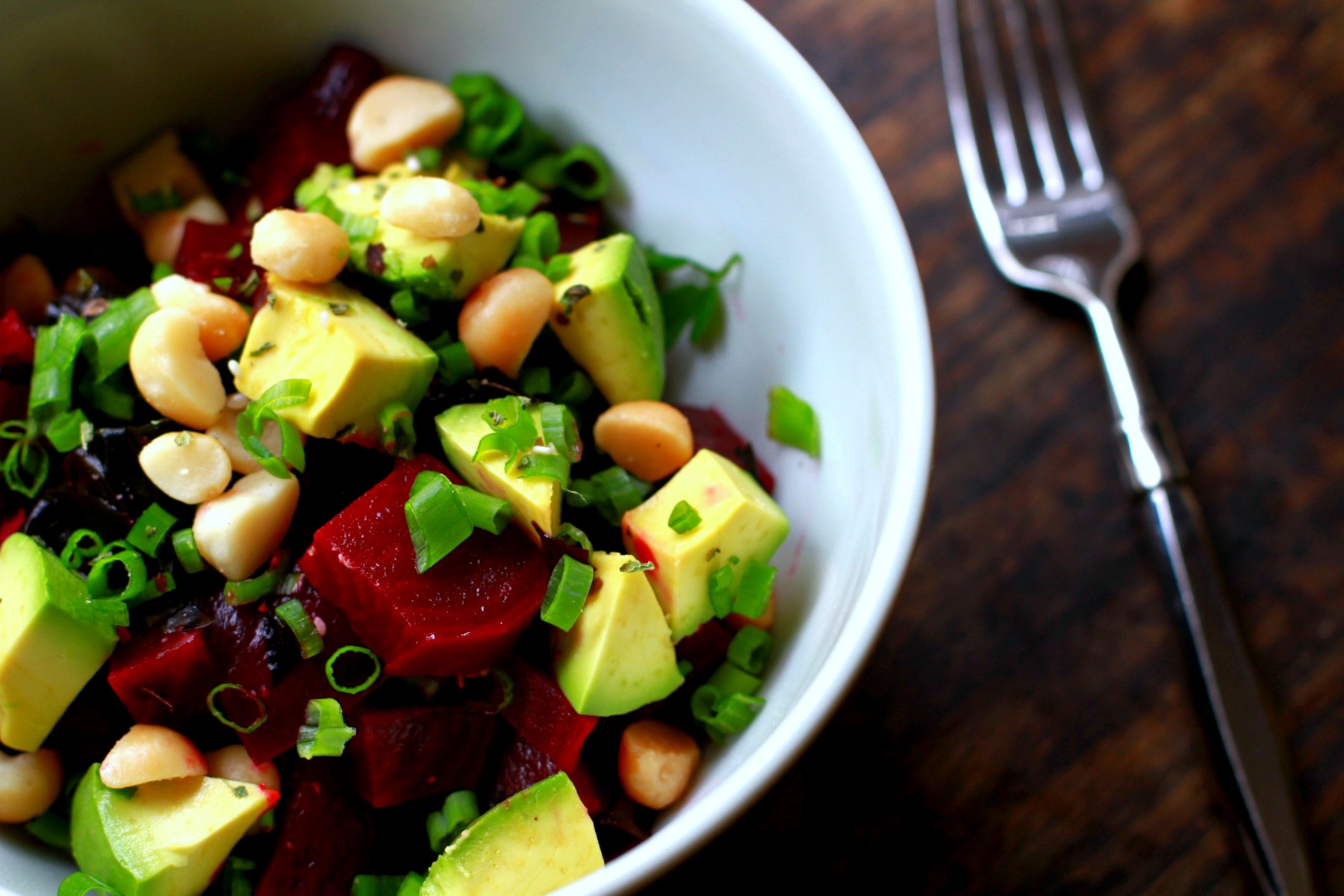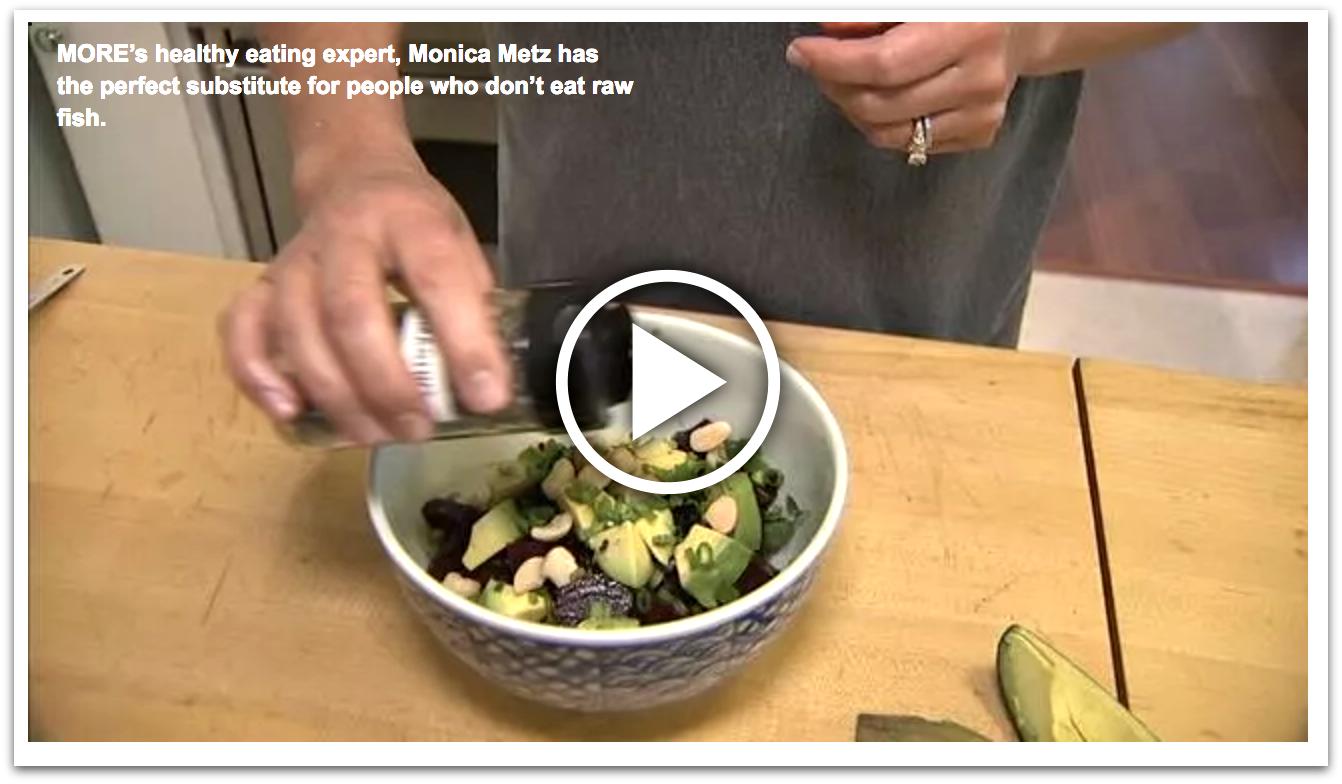My latest video recipe is for a delicious and nutritious Plant Based Poke made with Beets and Macadamia Nuts. Click on the graphic below to watch as I make this dish step-by-step on my healthy eating segment on More Good Day Oregon. Then, keep reading for the inspiration behind this dish.
The inspiration behind plant based poke
Poke (pronounced poh-keh) — a Hawaiian dish typically made with chunks or raw, sushi-grade tuna — is all the rage these days. In fact, when we were on vacation in California this spring, it seemed that poke bowls were on every menu, and we even spotted a few poke-only restaurants.
However, as popular as poke is these days — and as delicious as fresh tuna may be — there are definitely some risks you should be aware of before making poke your go-to lunch.
Here's the deal: our rivers, bays and oceans are becoming more and more contaminated by industrial pollutants, as well as thousands of tons of discarded plastic. I mean, you've heard of the Great Pacific Garbage Patch, right? It's a thing.
One of the biggest issues around the 87,000 tons of plastic floating between the US mainland and Hawaii is that the larger pieces eventually break down, and the microplastics are then eaten by fish, turtles and other sea animals.

For example, check out this photo of the stomach contents of a sea turtle. Not good.

So what, you might be thinking. That sucks for the turtles, but tuna don't eat plastic.
Well, maybe not. They don't eat it directly, anyway.
How microplastic and toxins contaminate our seafood
But the problem with the toxins from these plastics is that they move up the food chain. So, when predatory fish such as tuna and swordfish eat smaller fish, the toxins from the prey become lodged into the predator's fatty tissues. In other words: the fatty tissues that become part of ahi steaks and sushi.
Plastic isn't the only issue, either. Chemical pollutants and waste are routinely dumped into the oceans around the world, and the oceans have also been affected by major environmental disasters such as the 2011 tsunami in Japan (See How Plastic In The Ocean Is Contaminating Your Seafood).
So that's why large fish such as tuna, swordfish, and shark have been on watch lists for years. It turns out that these fish can be high in mercury, a dangerous toxin that can have toxic effects on the nervous, digestive and immune systems, and on lungs, kidneys, skin and eyes (Source: World Health Organization).
Who's on the top of the list of people who should avoid eating tuna? Women who are pregnant, nursing, or trying to become pregnant. Check out this eye-opening quote:
“The brain undergoes a series of complex developmental stages that need to be completed in the right sequence and at the right time,” according to Philippe Grandjean, an adjunct professor at the Harvard School of Public Health. He told Consumer Reports that the mercury in fish consumed by the mother could reach the fetus within hours and do permanent damage. (Source: “Consumer Reports: Pregnant women should ‘avoid all tuna'”, Washington Post).
Mercury affecting a fetus in a matter of hours? Scary stuff. That's why the OB's make such a big deal about it.
Okay, so those are the risks for pregnant people.
But you may be wondering… what about the rest of us?
Can't we eat tuna a couple of times a week and not worry about it?
I mean, isn't the media full of stories that promote the benefits of eating seafood?
Well, here's the issue: there's no way to really know the contaminant load in the seafood you pick up at your neighborhood grocery store.
In addition, medical experts disagree on what can be regarded as safe. Some experts say the benefits of omega-3 fatty acids found in fish outweigh the risks of contamination from mercury, PCBs and other toxins.
However, the majority of the doctors and scientists I follow say that consuming seafood isn't safe in any amount. In fact, Dr. Neal Barnard Barnard from the Physician's Committee for Responsible Medicine compares fish to a low-tar cigarette.
A low-tar cigarette? Yikes!
But what if you like seafood?
If you enjoy seafood, here's the deal: you'll get no judgment from me.
I get that it can be tasty, and that smaller fish such as wild salmon (not farmed) may offer lower levels of contaminants than the big fish.
However, I do want you to be aware of the risks — especially if you eat seafood a few times a week. I highly recommend reducing your overall seafood consumption to improve your overall health.
And if you don't want to miss out on the poke craze, here's how you can participate in this fun food trend… without exposing yourself to mercury contamination.

How to make poke without the raw fish
Instead of tuna, make yourself a poke bowl using… beets.
Yes, beets! They make an amazing foundation for a plant based version of poke.
Cooked beets offer the gorgeous ruby hue of raw tuna — so pretty on the plate — without all the worry over contaminants.
From a nutritional standpoint, beets are full of anti-aging and cancer-fighting antioxidants, and anti-inflammatory compounds. Plus, they're detoxifying.
And here's some news for the runners in the house: you might like knowing that beets (and beet juice) have been the subject of numerous studies showing how the natural nitrate content can improve oxygen uptake and athletic performance.
Ready to try this tasty and healthy Plant Based Poke?
Great! Just click on the green box below… I hope you love this recipe as much as I do!




